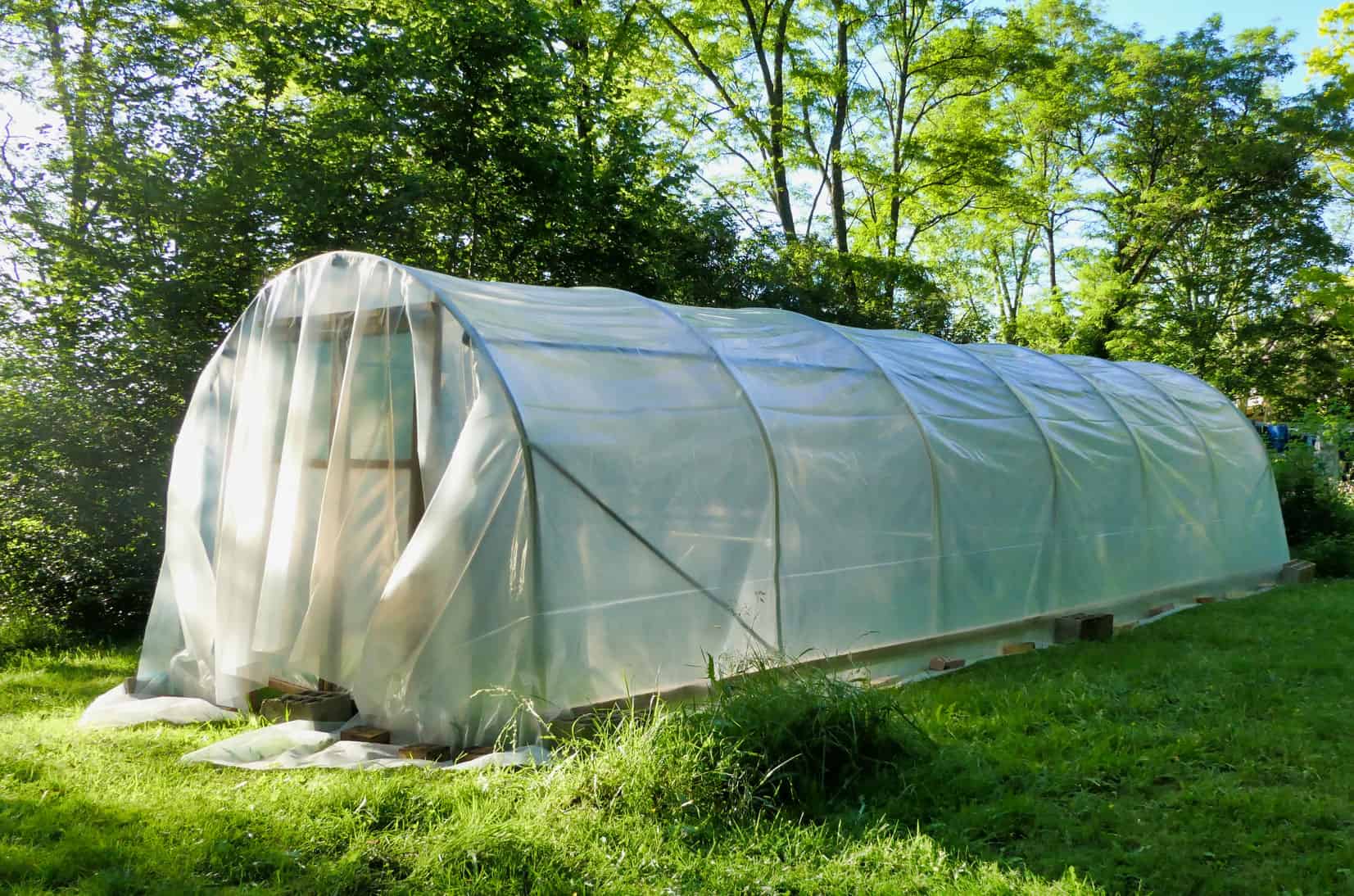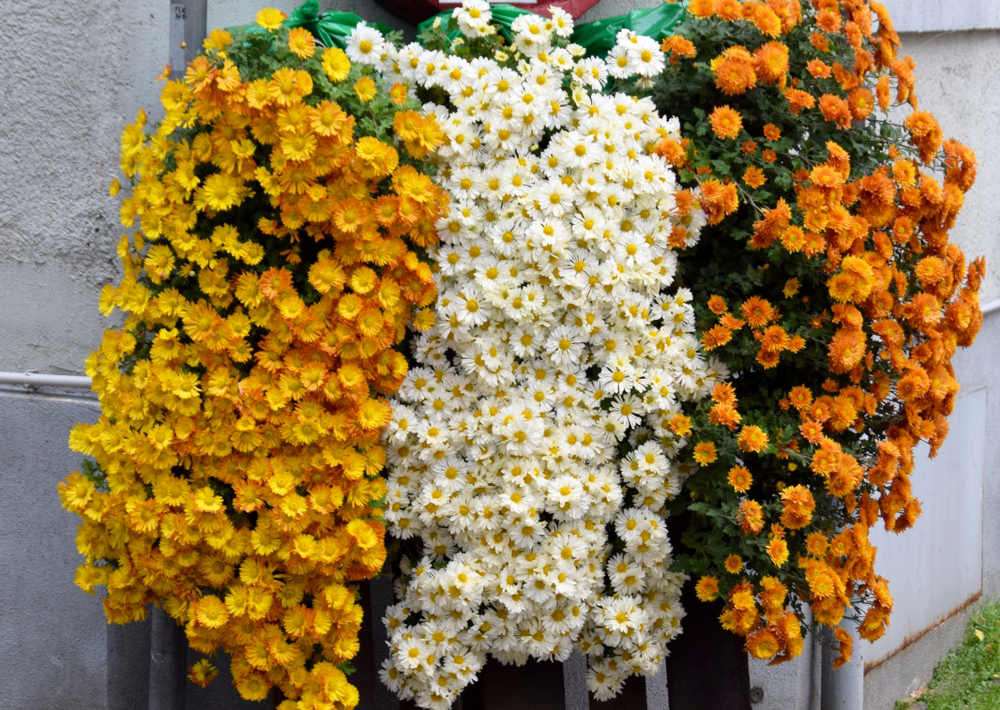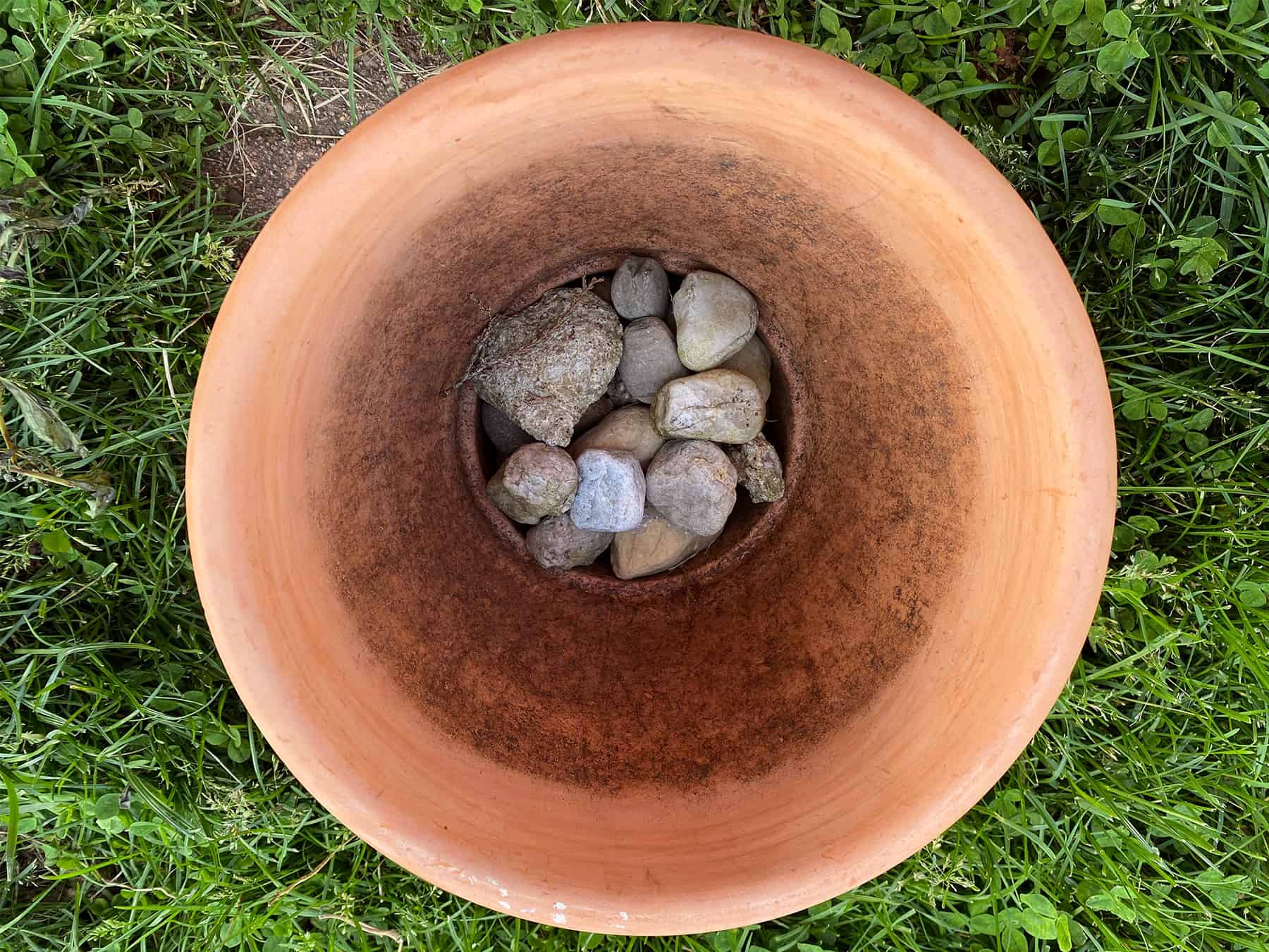[ad_1]
By Visitor Writer Sean Barker.
What’s a polytunnel?
A polytunnel is a greenhouse-like, semi-circular construction made with sturdy metal, PVC, or wooden frames. They’re lined with sturdy plastic sheets often made from polythene (therefore the “poly”) and could be constructed in quite a lot of widths and lengths. Gardeners use small polytunnels to increase the rising seasons of fruits, greens, and different vegetation, to guard vegetation from excessive climate, and to develop vegetation they couldn’t in any other case develop of their local weather. On farms, they’re additionally used for housing animals and storing tools – individuals have even been recognized to make use of them as aircraft hangars!
Why do you have to use a polytunnel?
There are many advantages a polytunnel gives to gardeners of all talent ranges.
- Longer rising season – Polytunnels can probably prolong the rising season by 6 weeks at both finish. This implies you’ll be able to develop your favourite vegatables and fruits earlier or later within the season.
- Larger crops – Crops grown in polytunnels have the potential to be larger than crops grown in an open backyard.
- Excellent for beginning crops – Even when you favor to develop your crops in open soil, a polytunnel could be good for getting seedlings began in a temperature managed, protected surroundings.
- Safety from pests – They provide a significant layer of safety that retains seedlings protected from hungry birds, squirrels, deer, and different wildlife.
- Safety from warmth and surroundings management – You’ll be able to management all facets of the rising surroundings, together with temperature, humidity and air flow.
- Handy development – They’re faster to assemble than everlasting buildings, and they are often designed to your actual dimension specs.
- Adaptability – They’re comparatively straightforward to increase, transfer, and adapt to altering wants.
- Worth for cash – They’re cheaper to assemble and keep than greenhouses – on common, polytunnels have a decrease price per sq. meter.
What are you able to develop in a polytunnel?
Virtually something! The one vegetation we might suggest not utilizing a polytunnel for are fruit timber (which can outgrow the tunnel) and vegetation with thorns, as these may harm the duvet.
Getting began
The best option to get began in polytunnel gardening is to construct your individual, small polytunnel. Should you solely have a small area or aren’t able to make the dedication but, you may get ‘mini polytunnels’. A mini polytunnel is a 4-foot broad tunnel that requires minimal meeting and upkeep however gives a lot of the identical advantages as a full-size polytunnel. You should use these to guard new crops whereas they’re within the seedling stage or to defend spring crops from frost.
How you can construct your individual polytunnel
Should you’ve determined to construct your individual polytunnel, it’s necessary that you understand how to do it correctly. Many individuals select to tackle constructing their very own polytunnel as a DIY venture because it’s the proper exercise for a sunny, dry weekend. Should you aren’t too positive of your DIY abilities, you’ll be able to rent professionals to do it for you.
What you’ll want
Probably the most dependable manner of constructing a polytunnel is to buy a package on-line. A package incorporates the whole lot you want and supplies which can be optimized for rising vegetation. Attempt to enlist the assistance of three or 4 buddies that will help you construct it.
Supplies
A dependable polytunnel package consists of:
- Aluminium, PVC or metal framework and fittings
- Foundations – you may get completely different choices for soil, concrete, and timber, relying on the place you’re constructing it
- Timber or aluminum base rail
- Door body/s
- Door/s
- Polythene sheet/cowl
- Air flow
- Anti-hotspot tape
- Further extras, equivalent to crop bars and assist braces for hanging baskets or suspending canes and crops inside your tunnel
Instruments
- Shovel
- Sharp knife
- Wooden noticed
- Battery operated drill
- Screwdriver
- Wrench set
- String line
- Spirit stage
- Marker pen
Getting ready the bottom
Select an space that’s stage, sturdy, and dry.
- Examine the climate. You need to put aside 2 dry days to construct your polytunnel.
- Determine the place to construct. Select an space that can depart round 3 ft of area across the polytunnel
- Clear the realm. Degree the bottom and clear away any leaves, weeds and particles.
- Mark out the location with string and stakes.
- If wanted, lay a cement basis to your polytunnel. That is often not crucial for small tunnels.
Assembling the body
The body is the ‘hooped’ construction that makes up the within of the polytunnel.
- Put collectively every hoop, fastidiously following any producer’s directions. Make sure you get the precise fittings on every hoop to keep away from any points down the road.
- Add the finished hoops to the provided floor tubes.
- Assemble the ridge pole – that is the pole that runs down the middle on the high of the polytunnel. Join the entire hoops collectively utilizing the pole. You need to have a inflexible construction by now.
- Add any bracing that was provided along with your polytunnel and any crop bars.
- Apply anti-hotspot tape to areas of the body that can contact the duvet – this can forestall overheating and canopy harm.
Protecting the body
Protecting your polytunnel body is the place your workforce of helpers will actually come in useful. The extra individuals there are, the better it will likely be to keep up the strain of the polythene sheet as you safe it in place.
There are two methods to safe a polytunnel sheet – both by including a base rail to safe it (often included in a polytunnel package upon request) or digging a trench to bury the sides of the duvet beneath the soil. Usually, base rails are used on more durable floor, whereas a trench could be dug in soil.
- Unfold your polythene cowl and shake it out.
- Fastidiously pull the polytunnel throughout the erected body, taking time to ensure it’s evenly distributing on all sides.
- Affix the duvet to your base rail, or bury the sides within the trench, being cautious to keep up pressure.
- As soon as your cowl is secured, you’ll need to chop the duvet to be able to add your door body/s and door/s.
Ending touches
- As soon as the construction is accomplished, add the door rail, timber door frames, and hold the doorways.
- Trim any extra from the polythene cowl and tidy it up.
- If wanted, add pressure to the duvet by elevating the hoops (when you dug a trench) or adjusting the bottom rail.
Polytunnel FAQs
Is it finest to develop immediately within the floor or in containers?
Many polytunnel growers select to develop in containers or raised beds, no matter you favor.
How lengthy do polytunnels final?
They’ll final wherever as much as 15-20 years if correctly maintained, however you do want to interchange the polythene cowl each few years as put on and tear will happen.
What dimension polytunnel do you have to purchase?
Should you’re new to polytunnels, begin small. A tunnel with a 6-foot width is often finest.
The polytunnel is a flexible and economical choice for shielding your produce from the weather. Should you construct one, you’ll want to observe the rules above, and benefit from the freedom of making an attempt completely different rising strategies and crop variations that the prolonged rising season offers.
Writer’s Bio: Sean Barker is the managing director of First Tunnels, the UK’s main provider of each ‘home’ and ‘business’ polytunnels.
[ad_2]










